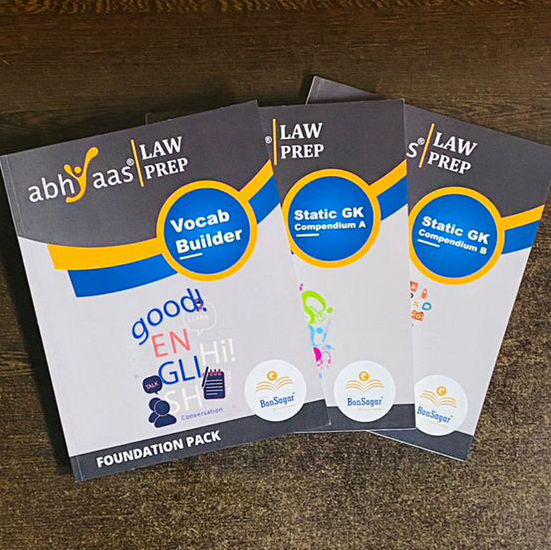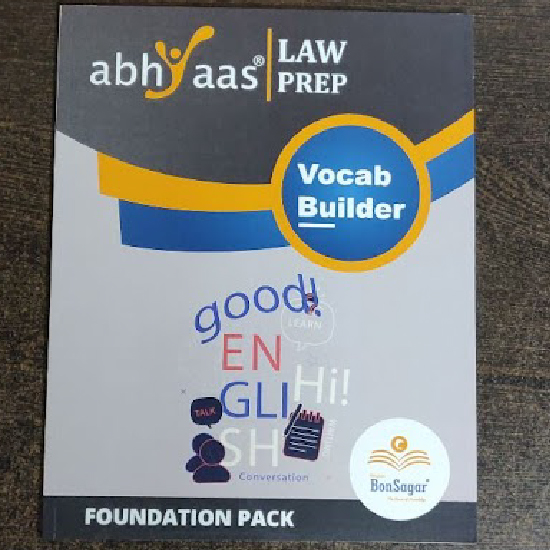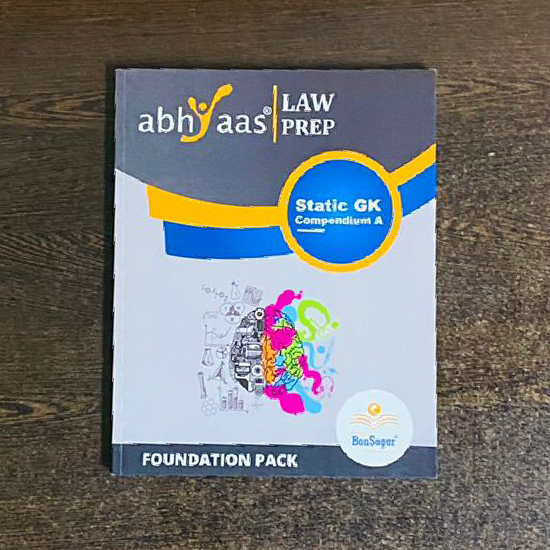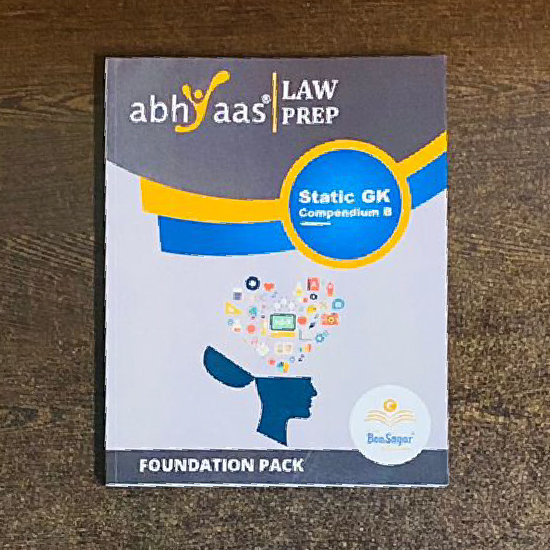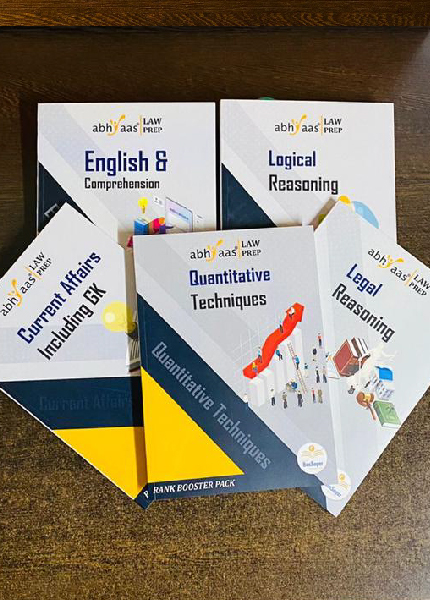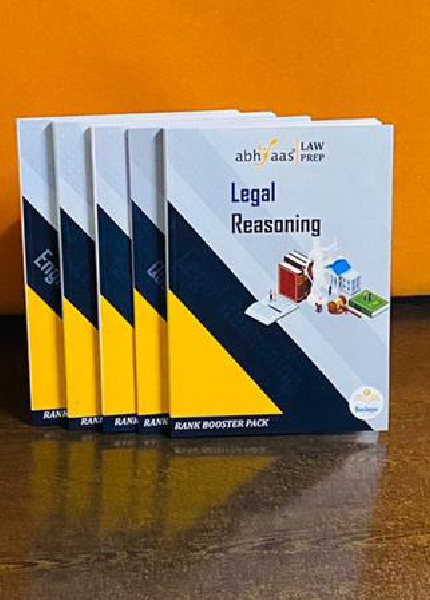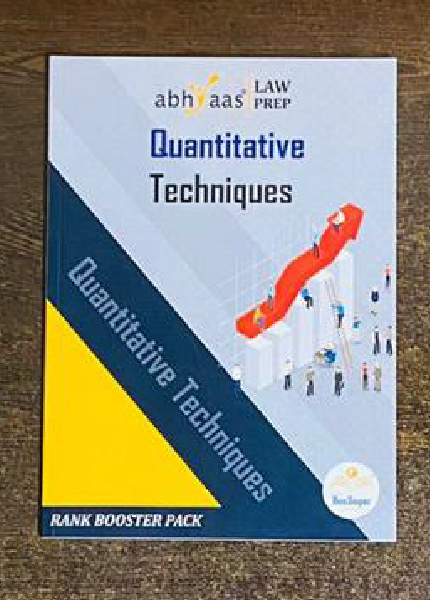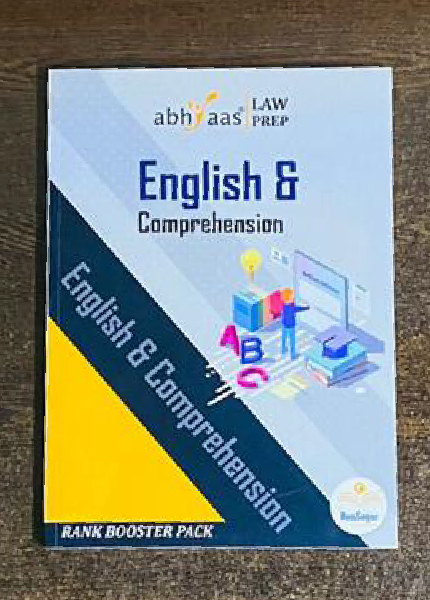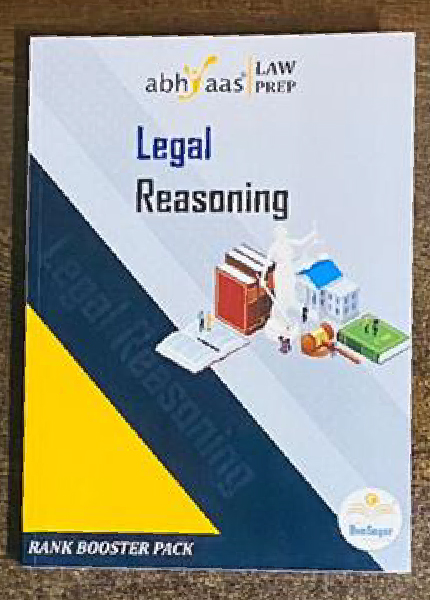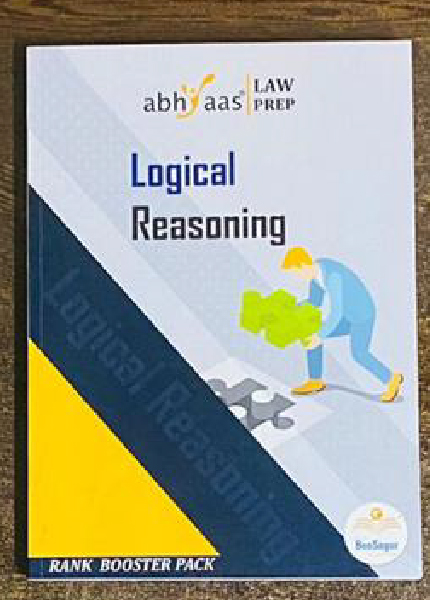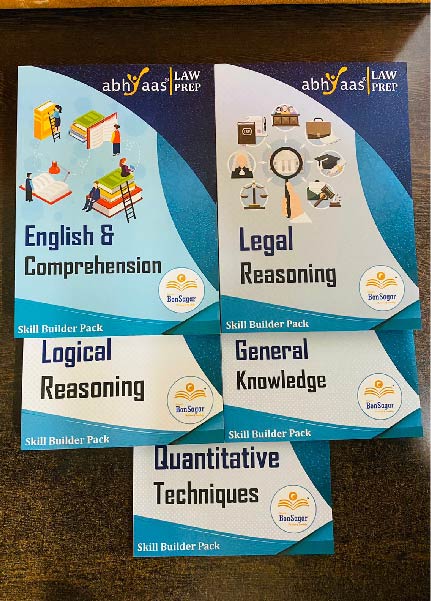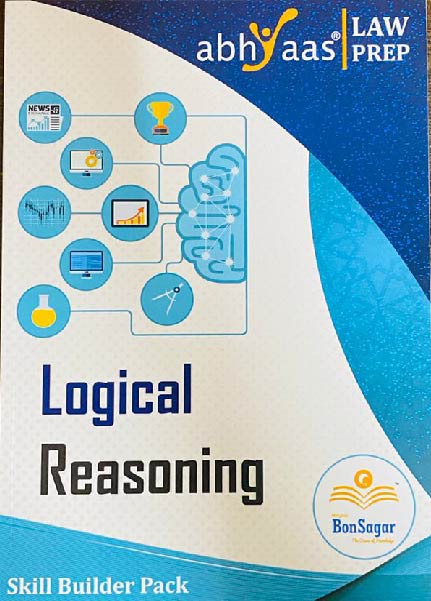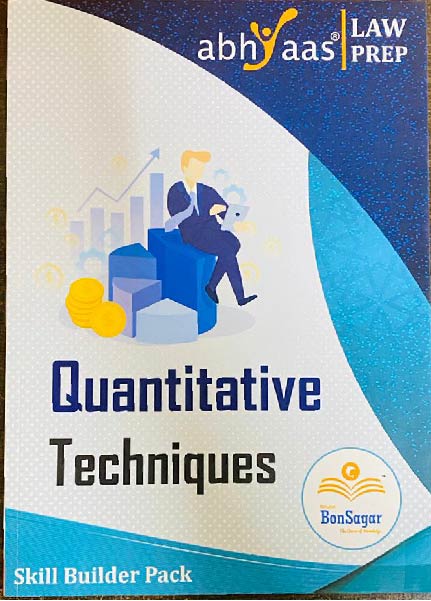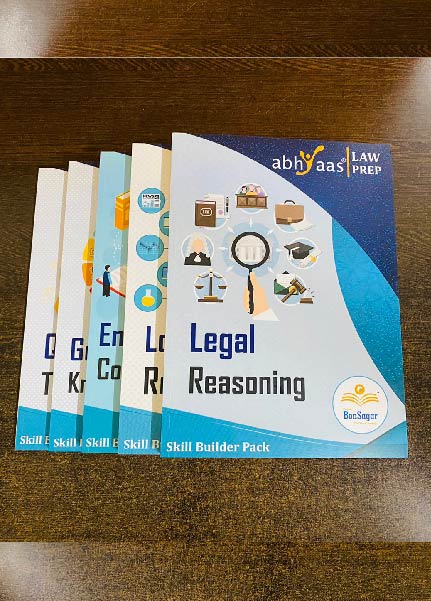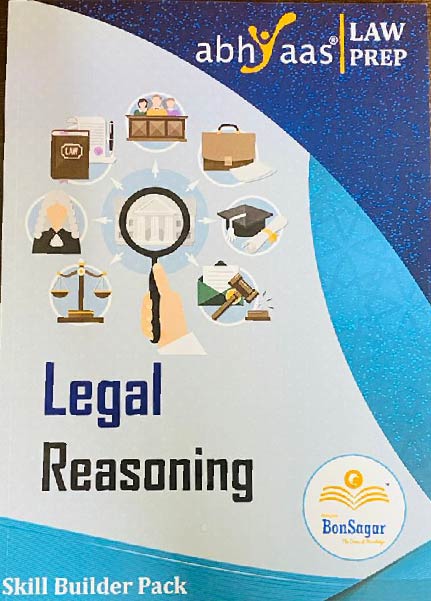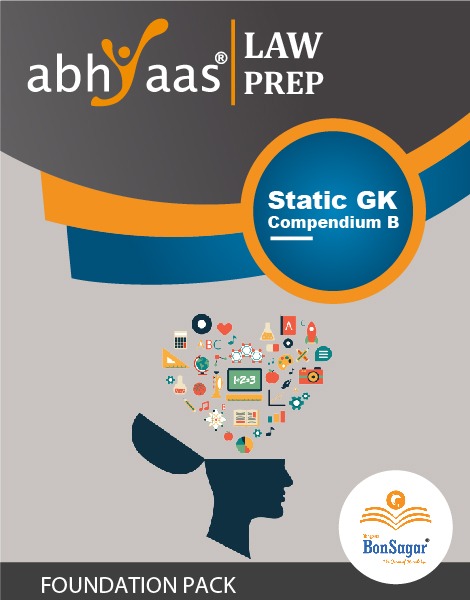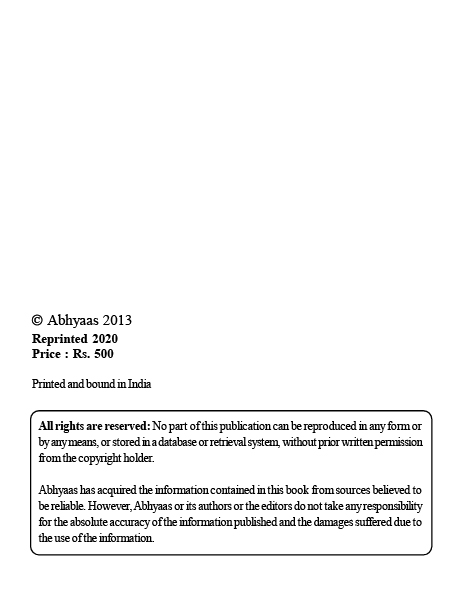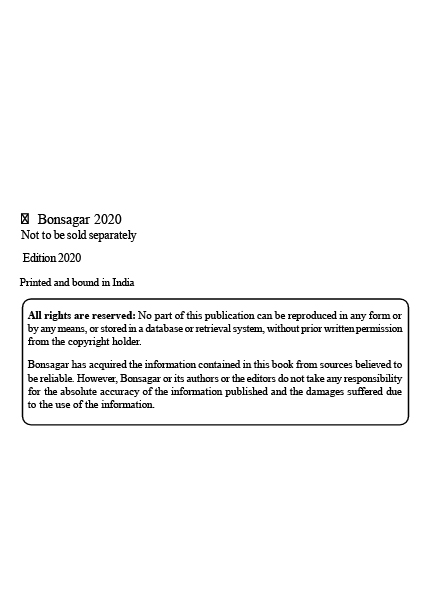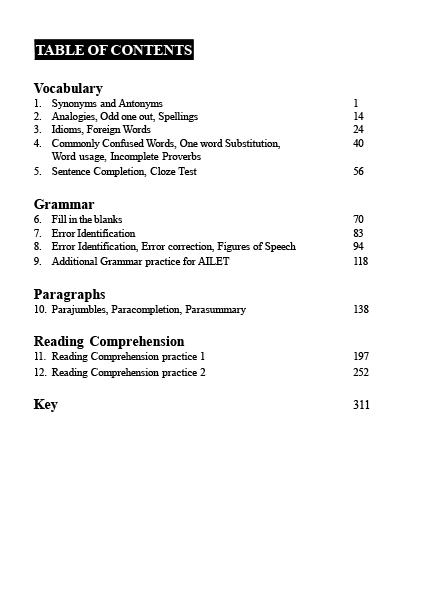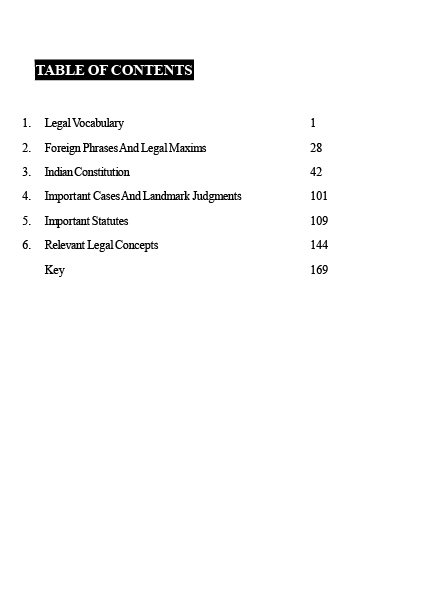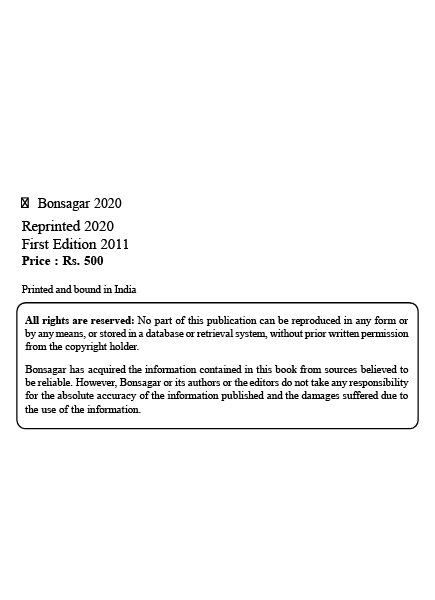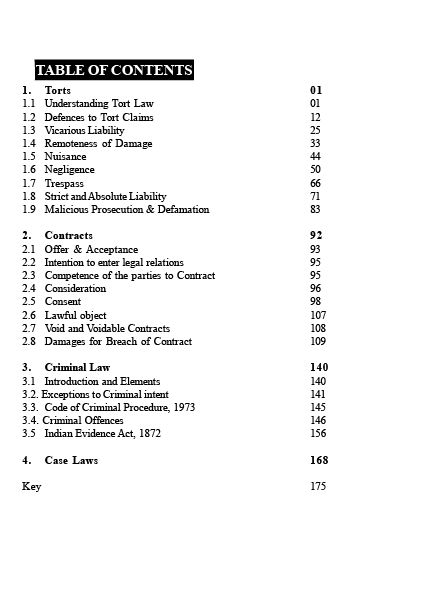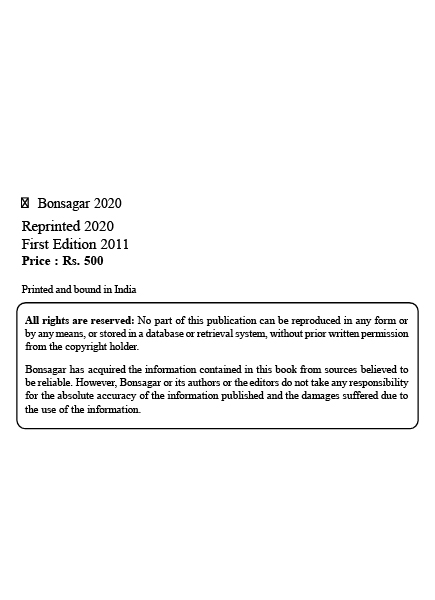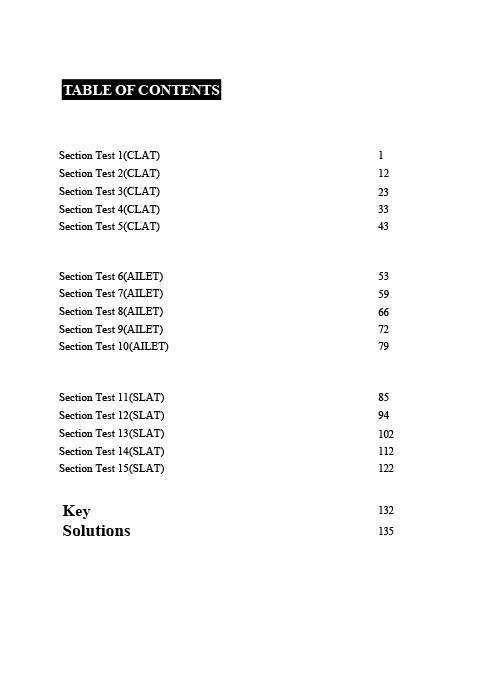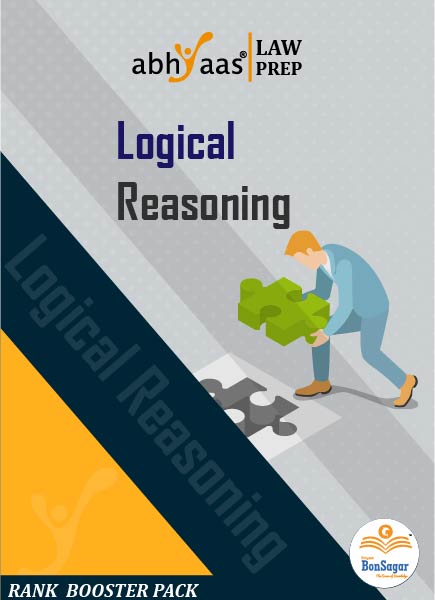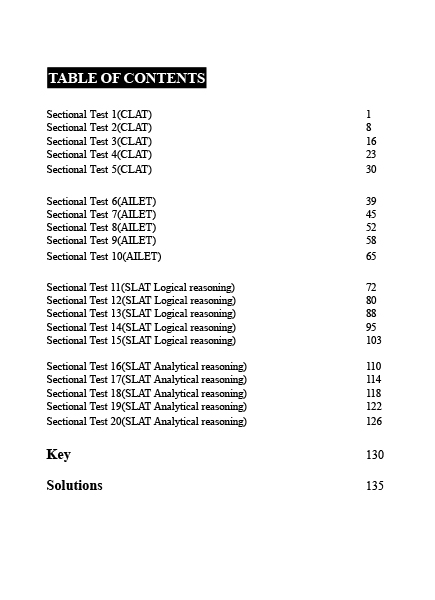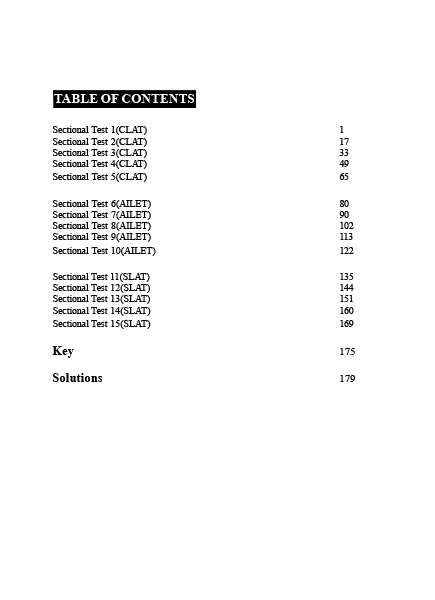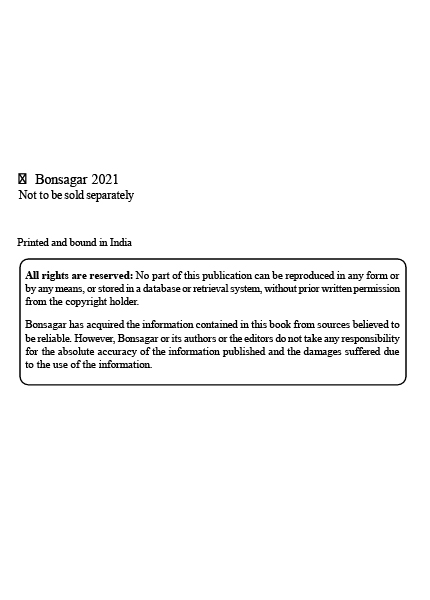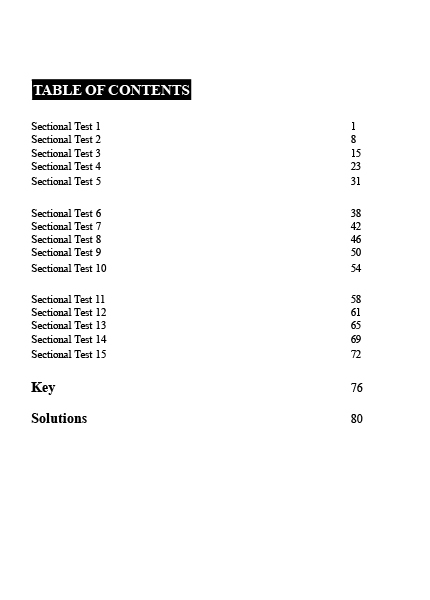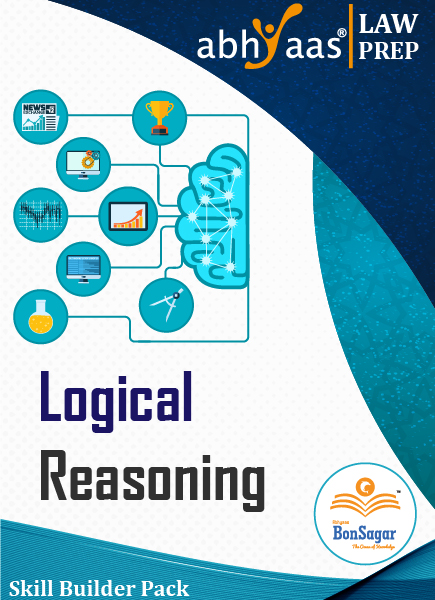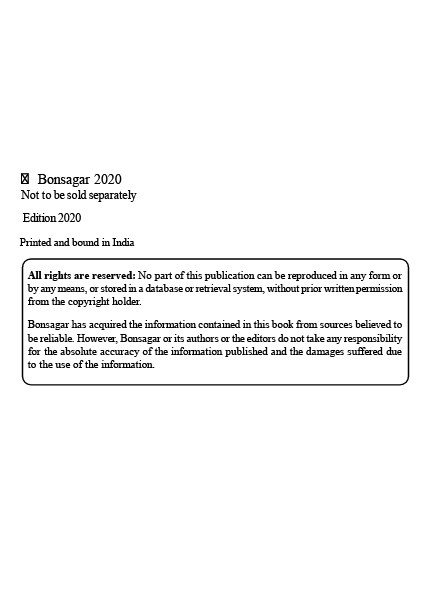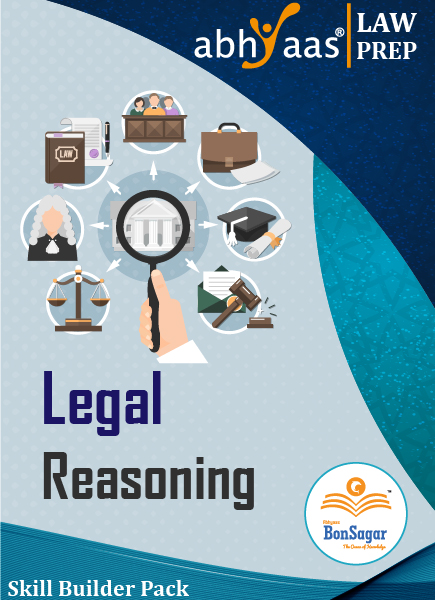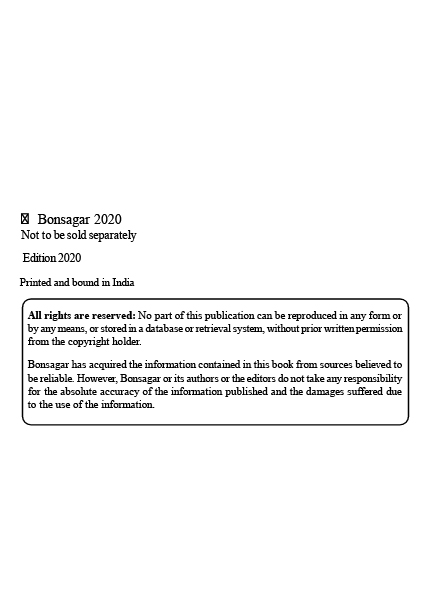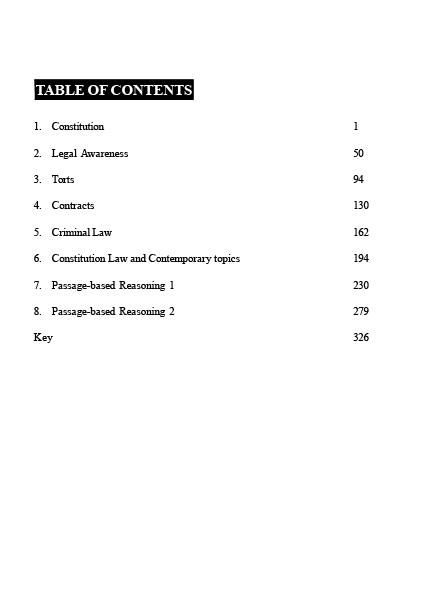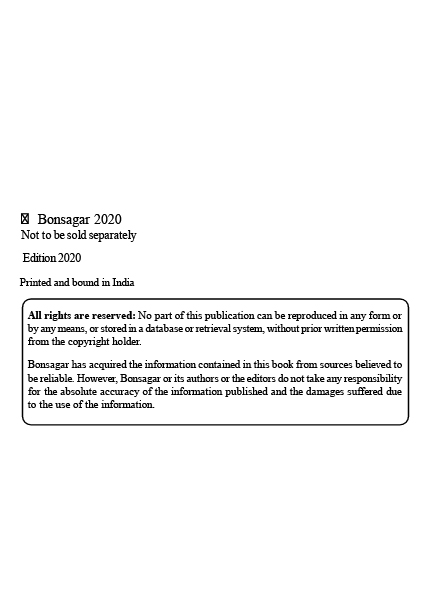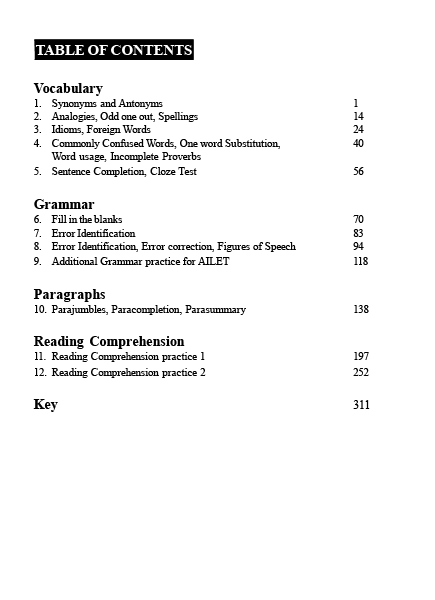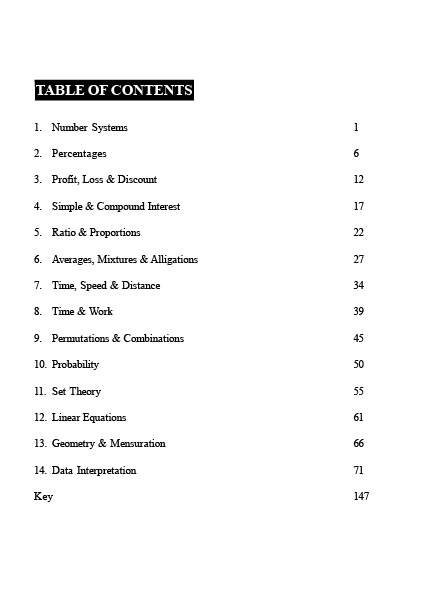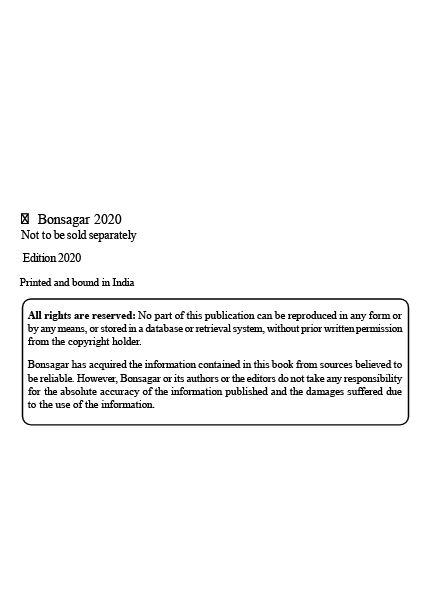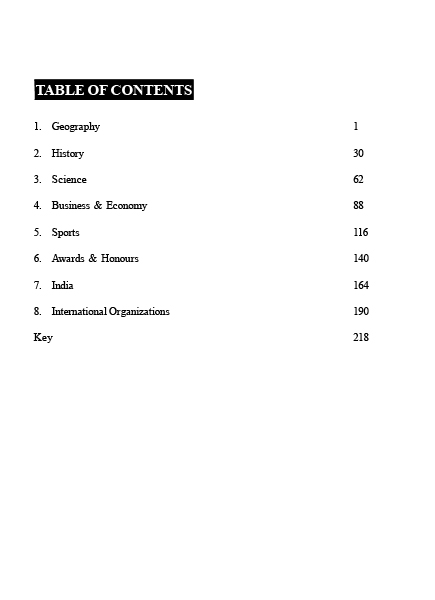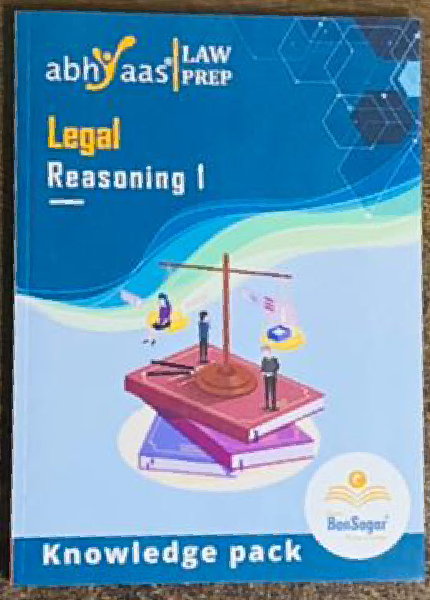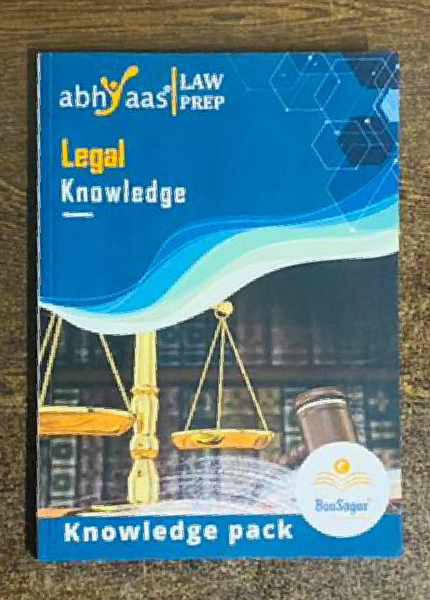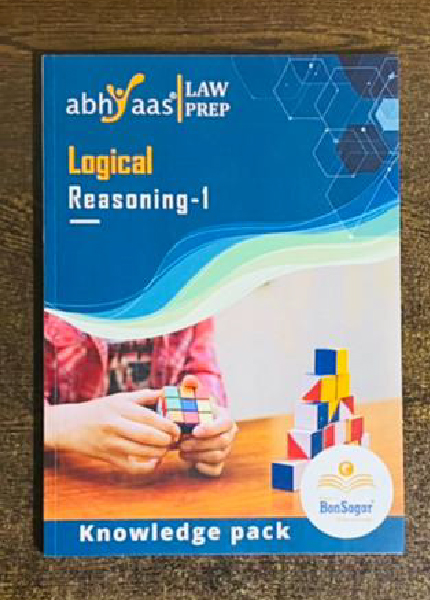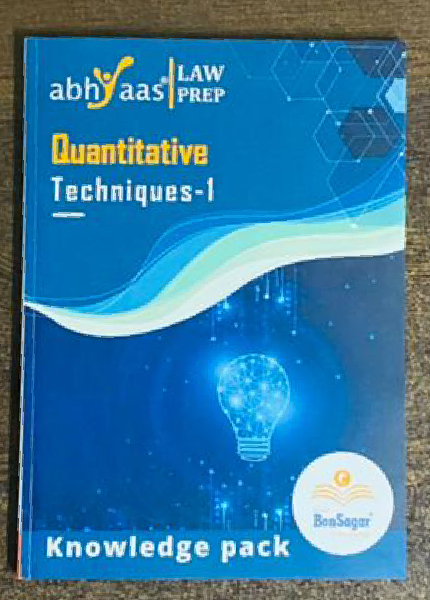
What to Do After CLAT
What to Do After CLAT
After the Common Law Admission Test (CLAT), candidates often feel a mix of relief and uncertainty about their next steps. Understanding what to do after CLAT is crucial for navigating the period between the exam and law school admission. Whether you’ve given your best shot or are waiting anxiously for the results, staying proactive can significantly impact your journey toward a successful law career. Here’s a detailed guide on how to plan and proceed after CLAT, regardless of your performance or confidence level.
Stay Calm and Avoid Premature Stress
The first and most important thing to do after the CLAT is to remain calm. It’s easy to get anxious about your performance, but remember that worrying won’t change the results. Take time to relax, engage in activities that bring you joy, and ensure that you’re mentally prepared for the next steps.
If you’ve already completed the exam, there’s nothing more to be done except wait for the results. Instead of overthinking, focus on self-care and clear your mind to tackle whatever comes next with clarity and confidence.
Wait for the Official CLAT Results
The official results for CLAT are typically announced a few weeks after the exam. Keep an eye on the official CLAT website or the CLAT Consortium’s social media channels for the exact date and time of result declarations. Here are a few things you can do while you wait:
- Check Your Email and Messages: Results, along with scorecards, are usually sent via email. Keep your inbox organized and check it regularly.
- Prepare for Both Outcomes: Whether you perform well or need to reevaluate your options, be ready for both scenarios. Staying mentally prepared will allow you to make informed decisions quickly once results are announced.
Analyze Your CLAT Performance
After the results are out, whether you’re satisfied with your performance or not, it’s important to analyze your performance carefully:
- Review Your Score: Compare your marks with the expected cutoff and analyze the sections you performed well in and those you need to improve. Many students also compare their answers with the provisional answer key, which is released before the final results
- Understand the Areas of Improvement:Reflect on sections or topics that were challenging and strategize how to approach them better next time, if needed. Whether you need a retake or wish to enhance your preparation for the next step, identifying areas for improvement will help.
- Celebrate Your Achievements: If you’ve performed well, celebrate your hard work. If not, don’t be discouraged. Take it as an opportunity to learn and improve for future attempts.
Check the CLAT Cutoff for Your Desired Colleges
Once the results are declared, the next step is to check if you’ve met the CLAT cutoff for your desired law schools. Each participating law school sets its own cutoff score based on factors like exam difficulty, the number of applicants, and previous trends.
- Research NLU Cutoffs: Each National Law University (NLU) has its own cutoff, and these can vary significantly. Some universities may have a high cutoff, while others may have lower requirements. Check the specific cutoff scores for all the colleges you are interested in.
- Prepare a List of Colleges:Based on your score and the cutoffs, prepare a list of law schools where you stand a good chance of admission. Don’t just focus on the top-ranking universities; several mid-tier NLUs also offer excellent education.
Apply for Counseling and Seat Allotment
Once the results are out, the CLAT counseling process will begin. This involves the following steps
- Registration: Register for the CLAT counseling process, which is usually an online procedure. Ensure that you provide accurate details, as discrepancies can lead to issues during the allotment process.
- Choice Filling: During counseling, you will be asked to fill in your preferred law schools based on your rank and preferences. Choose wisely, keeping in mind factors like location, faculty, infrastructure, and placements.
- Seat Allotment: Based on your CLAT rank, you will be allocated a seat in one of your preferred colleges. If you receive an offer, you will have to pay a seat acceptance fee and complete the admission formalities.
- Document Verification: After receiving an allotment, you will need to submit relevant documents for verification. This may include your CLAT scorecard, class 12th marksheet, caste certificate (if applicable), and other required documents.
Explore Other Admission Options
While CLAT is the primary exam for admission to NLUs, other law schools in India also accept CLAT scores or conduct their own entrance exams. If you don’t meet the cutoff for an NLU, or if you are considering alternatives, here’s what you can do:
- Check Other Law Entrance Exams: Apart from CLAT, exams like AILET (All India Law Entrance Test), LSAT India, and SLAT (Symbiosis Law Admission Test) are options for securing admission to other prestigious law schools. If you haven’t applied for these exams yet, some may offer late registration or may have upcoming deadlines.
- Private Law Colleges: Many private law colleges also offer quality legal education. Some of these institutions conduct their own exams or accept CLAT scores. Research these options if you’re open to considering a wider range of law schools.
- Prepare for Other Exams: If you feel that your CLAT result wasn’t as good as you hoped, start preparing for other law entrance exams. Dedicate time to strengthen your skills in areas where you need improvement.
Take a Break and Reflect on Your Journey
Regardless of your outcome, it’s important to take a step back and reflect on your journey so far. Preparing for CLAT is no easy feat, and you’ve put in tremendous effort. Whether you’ve succeeded or need to plan for future attempts, give yourself time to rest and recharge. Here’s what you can do:
- Relax and Rejuvenate : Take a short break from studies to de-stress. Engage in activities you enjoy, like reading, traveling, or spending time with family and friends.
- Self-Reflection : Reflect on your CLAT preparation—what worked well, what didn’t, and what you can improve for future attempts. This reflection will help you strategize better for your future goals, whether it’s another attempt at CLAT or pursuing other options.
Plan for the Next Steps: Law School Life
Once your law school admission is confirmed, it’s time to shift your focus to preparing for the new chapter of your life. Here are a few things to consider:
- Research Your College : Look into your allotted law school’s curriculum, faculty, campus culture, and placement opportunities. Familiarizing yourself with what lies ahead will help you make the most of your time in law school.
- Prepare Mentally : Law school will be a challenging yet rewarding journey. Get mentally prepared for the academic rigors and be ready to immerse yourself in the world of law.
Conclusion
The period after CLAT is a critical time for aspirants. Whether you’ve secured a seat in your desired law school or you’re rethinking your strategy for next year, staying proactive and focused is key. By analyzing your performance, checking cutoffs, applying for counseling, and exploring other opportunities, you’ll be in a strong position to make well-informed decisions.
[Sign Up Now] and get access to more updates and free resources from Abhyaas Law Prep!


